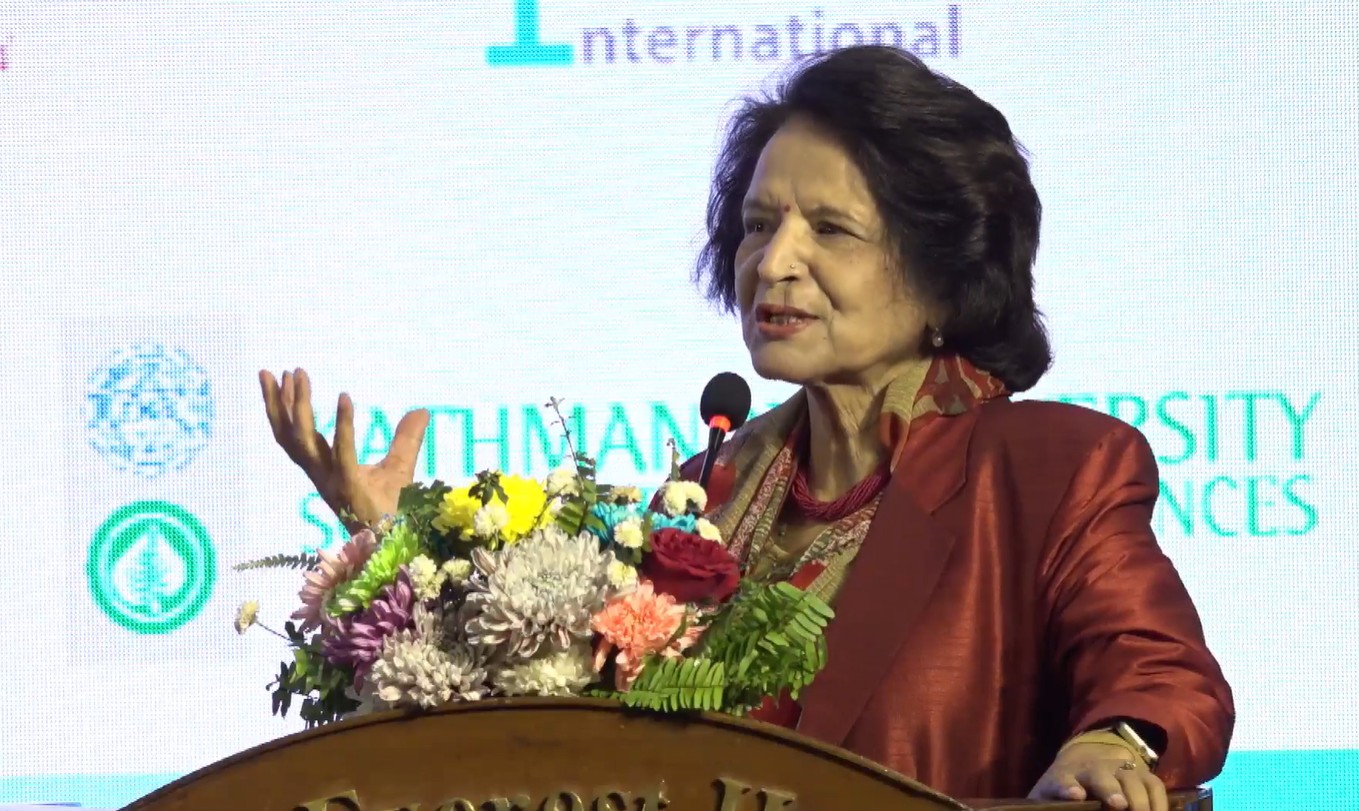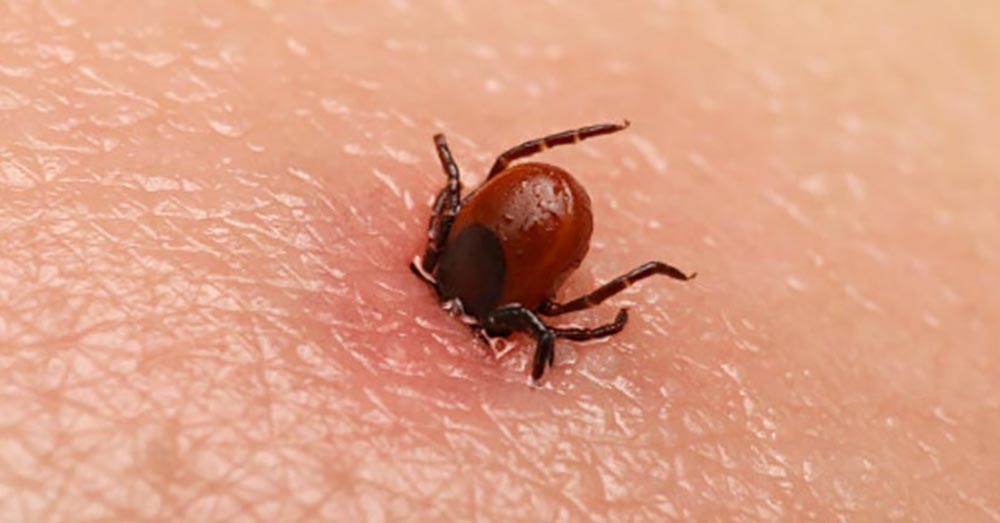
In a surprising scientific breakthrough, researchers from India’s National Research Centre on Camel (NRCC) in Bikaner and the Central Veterinary Research Laboratory (CVRL) in Dubai have discovered that a single drop of camel tear contains antibodies capable of neutralizing the venom of up to 26 different snake species.
If successfully developed into a treatment, this innovation could revolutionize the global response to snakebites—particularly in regions like South Asia and sub-Saharan Africa, where thousands die each year due to lack of timely access to effective antivenom.
How Was the Research Conducted?
Scientists began by immunizing camels with small amounts of venom from highly venomous snakes, including the saw-scaled viper (Echis carinatus sochureki), one of the deadliest snakes found in India.
Following immunization, they analyzed the camel’s blood and tear samples, which revealed the presence of antibodies capable of neutralizing venom from 26 different snake species, including both neurotoxins (affecting the nervous system) and hemotoxins (damaging blood cells and tissues).
What Makes Camel Antibodies Special?
Camel antibodies, also called nanobodies, are:
Smaller in size, allowing them to penetrate deep into tissues.
More stable in heat, making them suitable for use in rural or tropical areas without refrigeration.
Less likely to cause allergic reactions compared to traditional horse-derived antivenoms.
These properties suggest camel-derived antivenom could offer a safer, broader, and more accessible alternative to existing treatments.
Why It Matters?
Snakebite remains a neglected public health crisis, especially in South Asia:
In India alone, over 58,000 deaths and 140,000 disabilities are reported annually due to snakebites.
Existing antivenoms are expensive, often region-specific, and not always effective against multiple venom types.
Distribution in rural areas is extremely limited.
The camel tear discovery offers the potential for a cost-effective, multi-snake antivenom—one that could be produced on a large scale and stored without complex cold chain systems.
A New Opportunity for Camel Herders
The research has also opened up an alternative livelihood for camel owners in India’s Rajasthan region. Herders in Bikaner, Jaisalmer, and Jodhpur have begun collaborating with the research teams, supplying camel blood and tears and earning between Rs.5,000 and Rs.10,000 per camel per month.
“This model not only supports camel conservation but also improves the income of local camel-rearing communities,” said a senior NRCC official.
Pharma Industry Taking Notice
Major pharmaceutical firms, including the Serum Institute of India, have expressed interest in developing and scaling up camel-based antivenom. If commercialized, this approach could make India a global leader in next-generation antivenom production.
Still in Early Stages
While the findings are promising, researchers caution that the project is still in preclinical stages:
Further toxicology and safety testing is required.
Human clinical trials must be conducted.
Regulatory approvals and large-scale production plans are yet to be finalized.
swasthyaadmin
Published: July 11, 2025









